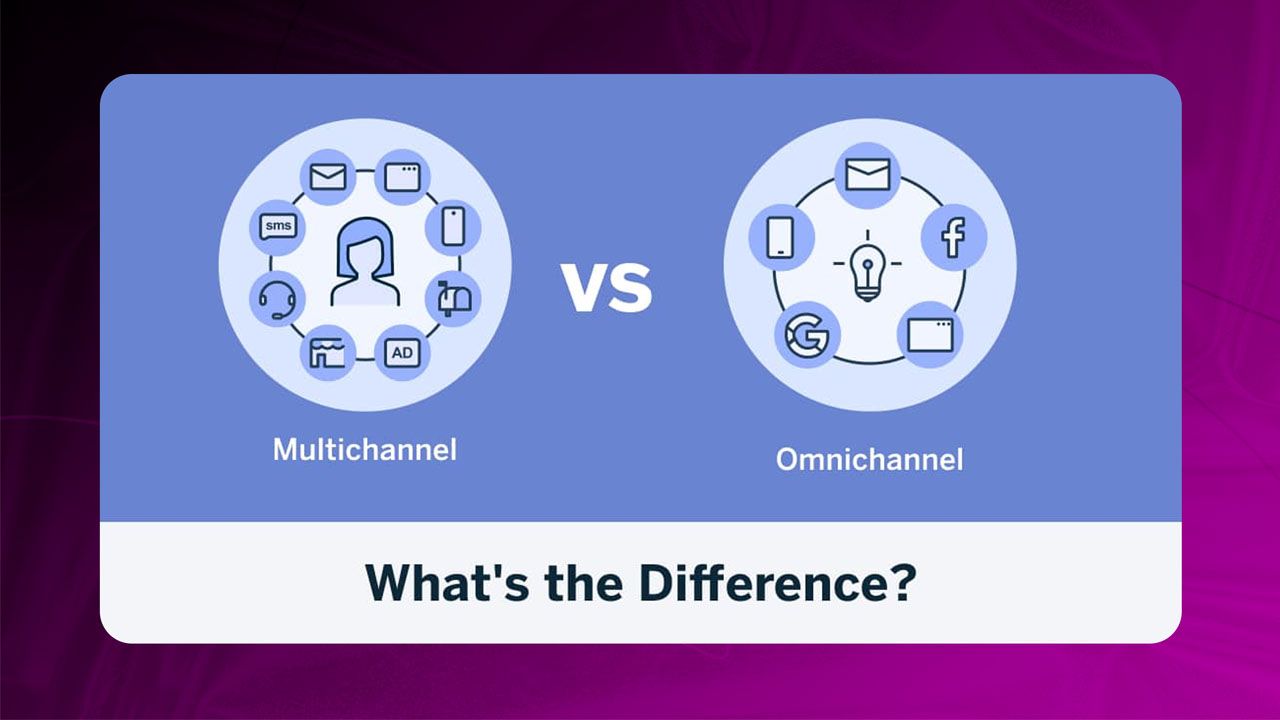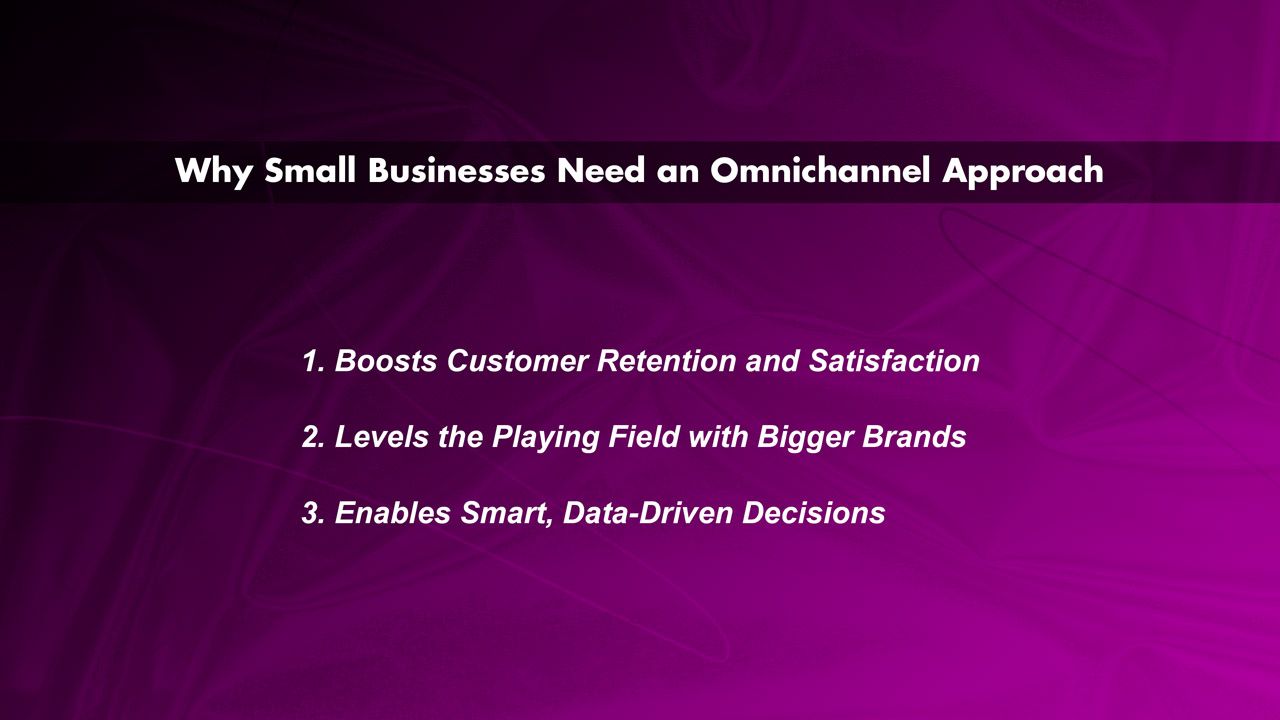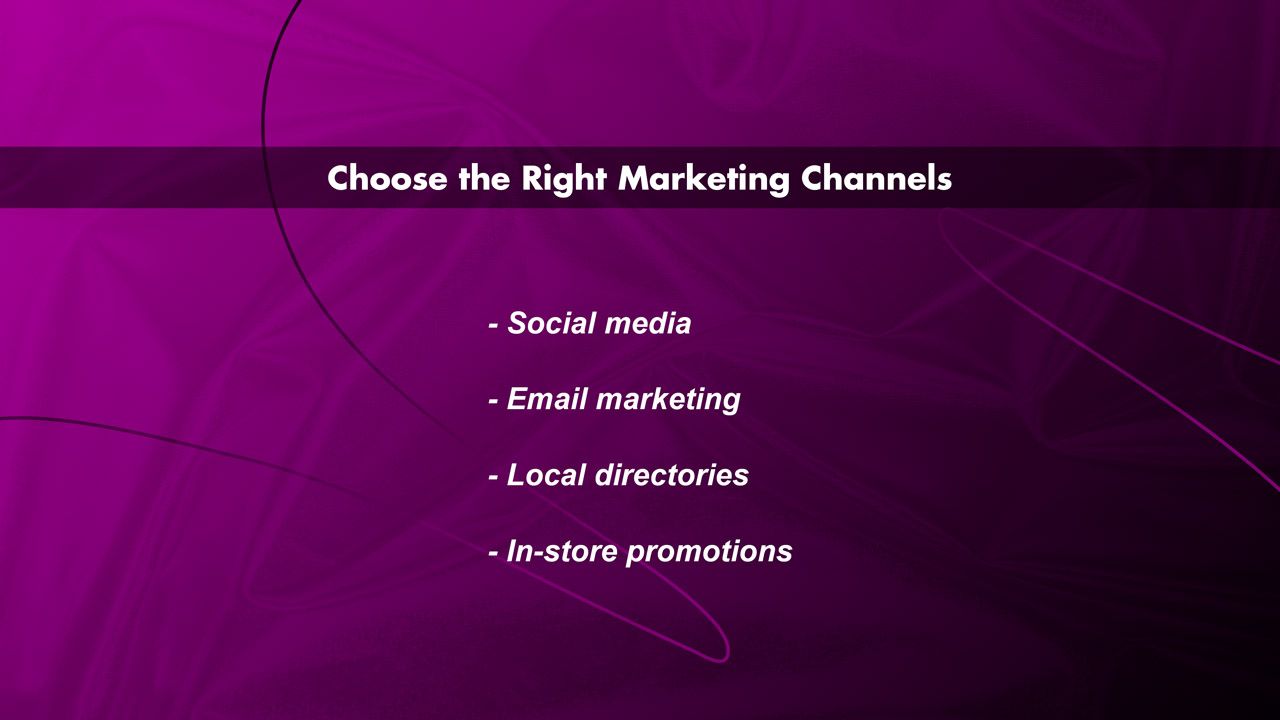By Sara Delgado - Senior Editor | Last updated: July 13, 2025 | 8 Min Read

In today’s world, customers don’t stick to just one platform. They might discover your brand on Instagram, check your website later, visit your store, or chat online before making a purchase. This shift in behavior means your business must be ready to meet customers wherever they are and provide a smooth experience every step of the way.
That’s where omnichannel marketing comes in. It’s a strategy that connects all your marketing channels, both online and offline, so your customers get a consistent and seamless experience.
For small businesses, this approach is more than just a trend. It’s a smart way to stay competitive, build stronger customer relationships, and grow sustainably in a digital-first world.
An omnichannel marketing strategy means using multiple platforms like your website, email, social media, and even in-store experiences to connect with customers in a unified and personalized way. Instead of each channel working separately, they’re integrated to provide one smooth customer journey.

Think of it this way: if someone clicks on an ad, visits your website, and later walks into your shop, they should feel like you already understand what they’re looking for. That’s the power of an omnichannel customer experience: it’s seamless, smart, and customer-first.
You may already be using several platforms that are called multichannel marketing. But if those channels don’t "talk" to each other, it leads to a disconnected experience. For example, sending the same promotion via email and Instagram without recognizing what the customer has already interacted with feels repetitive.
Omnichannel marketing, on the other hand, connects all the dots. It gathers customer data from all touchpoints and uses it to tailor messages across platforms. This integrated marketing approach ensures every interaction feels relevant, timely, and personalized.
When done right, it helps small businesses appear more professional, attentive, and in tune with their customers’ needs, just like big brands.

The digital space is crowded. Customers have endless options, and their expectations are higher than ever. To stand out, small businesses must offer more than just good products; they must deliver a great experience. That’s exactly what an omnichannel approach helps you achieve.

When customers feel understood and valued, they’re more likely to return. Omnichannel marketing ensures every touchpoint from social media to checkout is connected and personalized. This builds trust and keeps customers happy, leading to better loyalty.
You don’t need a massive marketing budget to create a high-quality experience. Small businesses can build a connected journey across digital and local platforms with free or affordable tools. You can compete with bigger brands by offering the same personalized, multi-touch experience.
One of the biggest benefits of this strategy is data. With integrated tools, you can track customer behavior, preferences, and responses across channels. This helps you make better marketing choices, improve campaigns, and increase your return on investment (ROI).
Whether you're running a boutique, local café, or online store, an omnichannel marketing strategy fits right into your small business marketing strategy. It's not just about being everywhere — it's about being everywhere in a connected, thoughtful way.
Creating an omnichannel marketing strategy can feel overwhelming, especially for small businesses. But with a clear plan, you can build a seamless customer experience that boosts loyalty and drives growth. Let’s walk through the essential steps to help you get started.
Before you can improve your marketing, you need to understand how customers interact with your business. Customer journey mapping helps you visualize every touchpoint—from discovery to purchase and beyond.

Tools like UXPressia and Smaply can assist in creating detailed journey maps. These platforms allow you to visualize customer experiences, identify pain points, and uncover opportunities for improvement
Not all channels are created equal. Focus on where your audience spends their time. For small businesses, effective marketing channels often include:

According to The Futur, selecting the right channels depends on your business type and customer preferences. Combining online and offline efforts ensures a cohesive experience.
Consistency is key. Your brand’s voice, visuals, and values should be uniform across all platforms. This builds trust and recognition.

For example, a bakery might use warm, inviting language and pastel colors across its website, social media, and in-store signage to create a cohesive brand experience.
Personalized experiences make customers feel valued. Use data to tailor your marketing efforts.
Remember to comply with data protection regulations and be transparent about how you use customer information.
Automation saves time and ensures consistency. Use marketing automation tools to manage campaigns across channels.

These platforms help you plan, execute, and analyze campaigns, allowing for timely and relevant customer interactions.
Implementing an omnichannel strategy is easier with the right tools:

These tools help streamline your marketing efforts and provide insights into customer behavior.
Avoid these pitfalls to ensure a successful strategy:
Consider the case of a local boutique that combined online and offline efforts. They used social media to showcase new arrivals, sent personalized emails to loyal customers, and hosted in-store events. This integrated approach led to increased foot traffic and online sales, demonstrating the power of a well-executed omnichannel strategy.
Track these metrics to assess your strategy's effectiveness:
Regularly monitoring these metrics helps you make informed decisions and optimize your marketing efforts.
Creating an omnichannel marketing strategy doesn’t have to be overwhelming. By mapping the customer journey, choosing the right channels, integrating your messaging, and leveraging automation tools, you can deliver a seamless experience that builds trust and boosts conversions.
Small businesses that unify their online and offline efforts often see increased engagement, loyalty, and sales. The key is consistency, both in branding and customer experience. Track performance, avoid silos, and stay customer-focused.
With the right tools and mindset, your small business can compete and thrive in a connected, customer-driven world. Start small, stay consistent, and grow strategically.
Absolutely. Integrating online and offline channels enhances the customer experience and can drive more in-store traffic.
Begin by identifying your most effective channels and ensure consistent messaging across them. Utilize free or low-cost tools to manage and analyze your efforts.
Results can vary, but with consistent effort and optimization, many businesses see improvements in customer engagement and sales within a few months.
Get the latest updates from the world of science and technology delivered straight to your inbox.

Sara Delgado is a freelance writer, editor, and translator specializing in culture and fashion content with experience across digital, print, and social media based in Madrid, Spain. She was previously the online editor of Schön! Magazine and is now a contributing editor-at-large at Teen Vogue. She has written for Dazed, The Recording Academy, NME, Nylon, BRICK, and many more.
Subscribe to our newsletter to get the latest updates directly in your inbox.

Discover the top E-commerce SEO best practices for 2025. Boost product visibility, improve conversions, and stay ahead in online retail with expert optimization tips.
June 23, 2025

July 13, 2025